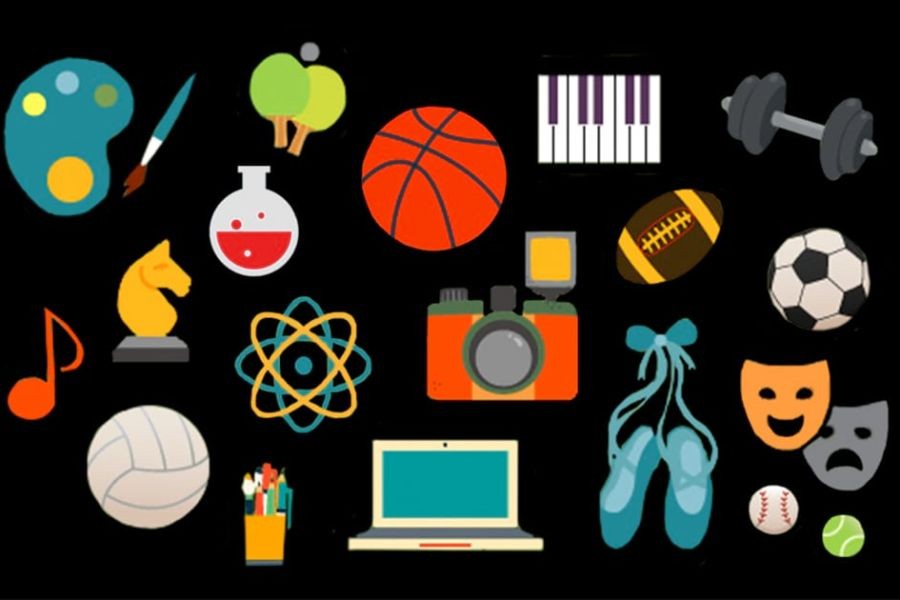The evolving landscape of work has brought two significant trends to the forefront: remote work and AI automation. Both have the potential to reshape industries, economies, and the very nature of employment, particularly in a dynamic market like Australia. As environmental researchers, understanding these shifts is crucial, not only for their implications on the workplace but also for their broader impact on environmental sustainability and resource management.
The Rise of Remote Work in Australia
Remote work has become a staple in Australia's business environment, especially in the wake of the COVID-19 pandemic. According to the Australian Bureau of Statistics (ABS), nearly 42% of employed Australians worked from home in late 2020, a trend that has shown enduring popularity. This shift has significant implications for urban planning, transportation, and energy consumption.
Environmental Benefits of Remote Work
Remote work reduces the need for daily commuting, leading to a decrease in carbon emissions from vehicles. A study by the University of Sydney highlighted that if 50% of Australians worked from home just two days a week, it could cut annual greenhouse gas emissions by approximately 1.5 million tonnes. This reduction in commuting also lessens the reliance on public transportation, which can contribute to decreased energy consumption and lower infrastructure maintenance costs.
Challenges in the Remote Work Model
Despite its benefits, remote work poses challenges, particularly in maintaining work-life balance and ensuring productivity. Employers must invest in digital infrastructure and training to support a distributed workforce effectively. Moreover, the environmental advantages are contingent upon individuals using energy-efficient practices at home, such as minimizing electricity use and optimizing heating and cooling systems.
AI Automation's Impact on the Australian Workforce
AI automation is another transformative force in the workplace, offering potential efficiencies and innovations. The Reserve Bank of Australia (RBA) notes that AI could enhance productivity across sectors by automating routine tasks and enabling data-driven decision-making.
Real-World Application: AI in Australian Agriculture
Australia's agriculture sector provides a compelling case study of AI's impact. AI-driven technologies like drones, automated irrigation systems, and predictive analytics are revolutionizing farming practices. These innovations help optimize resource use, increase crop yields, and reduce environmental impact. For instance, AI-powered irrigation systems can significantly lower water consumption by precisely targeting areas that need moisture, aligning with Australia's water conservation goals.
Potential Drawbacks of AI Automation
However, the transition to AI-driven systems is not without its concerns. The Australian Competition & Consumer Commission (ACCC) has raised issues regarding data privacy and the potential for job displacement. While AI can create new roles, particularly in tech and data analysis, it may also render certain positions obsolete, necessitating upskilling and reskilling initiatives to mitigate unemployment risks.
Comparing Remote Work and AI Automation
Pros and Cons
Both remote work and AI automation offer distinct advantages and drawbacks. Understanding these can help businesses and policymakers make informed decisions.
- Remote Work Pros: Reduces commuting emissions, enhances work-life balance, and can lead to energy savings.
- Remote Work Cons: May decrease productivity without proper management, requires investment in digital infrastructure.
- AI Automation Pros: Increases productivity, optimizes resource use, and drives innovation.
- AI Automation Cons: Poses privacy concerns, potential job displacement, and requires significant initial investment.
Case Study: Remote Work vs. AI in the Australian Tech Industry
The Australian tech industry offers a lens through which to examine the interplay between remote work and AI. Tech firms like Atlassian have embraced remote work, reporting increased employee satisfaction and productivity. Meanwhile, companies like Canva are leveraging AI tools to automate design processes, allowing them to scale efficiently while maintaining a lean workforce. These examples underscore the potential for hybrid models that incorporate both trends to maximize benefits.
Future Trends and Predictions
Looking ahead, both remote work and AI automation are poised to further influence Australia's workforce. By 2025, Deloitte projects that AI could contribute up to $315 billion to the Australian economy. Meanwhile, remote work is expected to remain prevalent, with businesses adopting flexible work arrangements to attract top talent and reduce operational costs.
From an environmental perspective, the integration of AI in resource management and the sustained prevalence of remote work can collectively contribute to Australia's sustainability goals. However, this requires strategic planning and investment in digital infrastructure, education, and regulatory frameworks.
Conclusion
In conclusion, remote work and AI automation each offer unique pathways to shape the future of work in Australia. By understanding their potential impacts and addressing associated challenges, businesses and policymakers can harness these trends to foster innovation, drive economic growth, and support environmental sustainability. The future of work lies in a balanced approach that leverages the strengths of both remote work and AI automation.
Which trend do you think will have the most significant impact on your industry? Share your thoughts and join the conversation!
People Also Ask
- How does remote work impact the environment in Australia? Remote work reduces commuting, leading to lower carbon emissions and energy consumption, aligning with Australia's sustainability goals.
- What are the biggest misconceptions about AI automation? A common myth is that AI will replace all jobs. However, it often creates new roles while optimizing existing ones.
- What are the best strategies for implementing AI automation? Start by identifying routine tasks to automate, invest in training, and ensure data privacy compliance.
Related Search Queries
- Remote work benefits in Australia
- AI automation in Australian agriculture
- Environmental impact of remote work
- AI and job displacement in Australia
- Future of work trends in Australia
































ivanspafford5
7 months ago